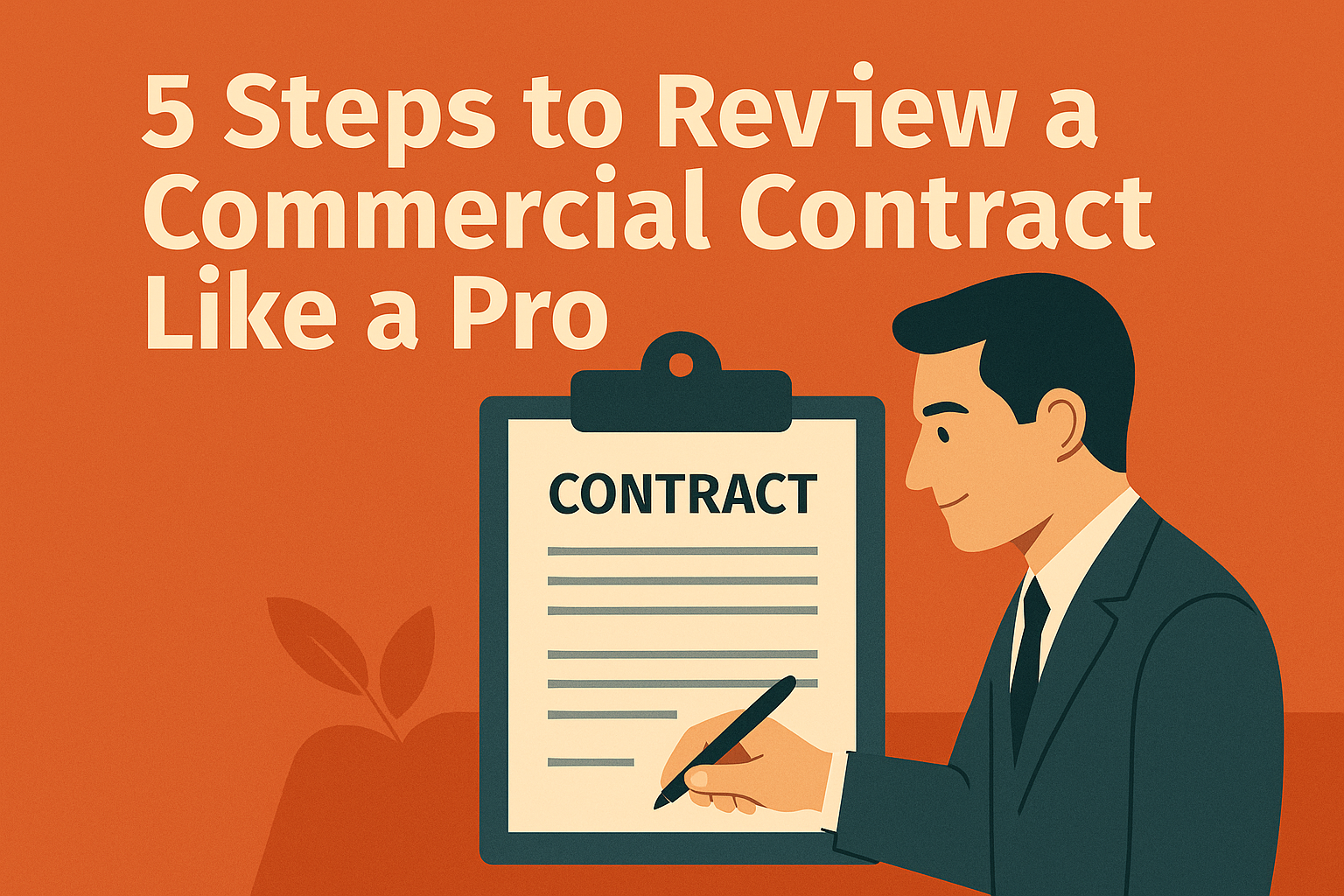
How to think clearly, plan smartly, and build strategically in the age of legal AI.
Artificial intelligence is everywhere in legal right now — and it’s noisy.
Between rapid-fire funding and product launch announcements, generative AI hype, and claims of end-to-end transformation, it’s easy to feel like you’re falling behind if you don’t implement an AI strategy today. But speed without direction rarely leads to success.
If you’re a legal professional trying to understand how AI actually fits into your workflow, and how to plan for and implement it responsibly, this post is for you. Think of it as a clear-eyed guide to what really matters: smart implementation, practical use cases, and long-term flexibility.
Because effective adoption of legal AI isn’t about buying the flashiest tool; it’s about solving real problems.
Why AI Is Reshaping Legal Work
AI isn’t new to legal — but the recent acceleration in the market is.
Over the last two years, advancements in large language models have pushed generative tools to the center of public conversation. And while these models are impressive, it’s the quiet improvements in workflow-specific AI — tools that read, write, flag, summarize, and mark up with precision — that are already changing how legal work gets done.
Some teams are saving hours each day on contract drafting and review. Others are automating research and intake. Some are piloting clause analysis and risk scoring. But behind each success is the same theme: thoughtful implementation.
AI can augment legal work meaningfully, but only when its role is clear, its scope is right-sized, and the humans in the loop understand how to get the most out of these new tools and systems — and where the limitations are.
Where AI Can Help Most
You don’t need a full overhaul to get value from AI. The best results often come from targeted adoption in high-impact workflows. Examples include:
- Contract review: Flagging issues, suggesting edits, speeding up markup
- Legal research: Summarizing case law, answering preliminary questions
- Compliance & risk management: Spotting gaps, flagging clause variants
- Intake & triage: Drafting responses to common requests
- Knowledge management: Organizing past work product, surfacing precedents
Not every tool fits every task. That’s why the key is to fit the AI to the work, rather than trying to force the work to fit a particular platform.
Define Your Goals First
Before choosing a product or starting a pilot, take a step back. What are you actually trying to improve?
Your goal might be:
- Reducing hours spent on first-pass review
- Increasing consistency across teams
- Improving response times for clients
- Catching errors earlier in the process
Each of these goals requires a different solution, and a different way to measure success. A clear problem definition makes everything downstream easier: product selection, implementation design, and stakeholder alignment.
Build Smart, Not Big
Many firms make the mistake of trying to go big from the start, seeking out the most massive platforms, wide-ranging promises, and all-in-one solutions.
But the best legal AI stacks are modular. You don’t need one product to do everything; you need a few tools that work well together and evolve with your needs.
Look for:
- Tools that integrate easily with your existing systems (e.g., Word, Outlook, document management systems (DMS))
- Solutions that are easy to pilot and adopt incrementally
- Vendors who understand legal nuance and offer transparent performance metrics
Remember: flexibility scales better than complexity
The Future Is Adaptable
AI won’t replace lawyers. But lawyers who understand how to work with AI — how to define their goals, structure their legal tech stacks, and adjust over time — will have a clear edge over those who don’t.
If you want to go deeper, we created a free guide to help legal teams implement AI with strategy and confidence. Download the Legal AI Implementation Guide here.
And if you’re looking for a contract review tool that aligns with these principles — fast, modular, adoption-ready — BoostDraft was built to be part of your modern legal tech stack.


